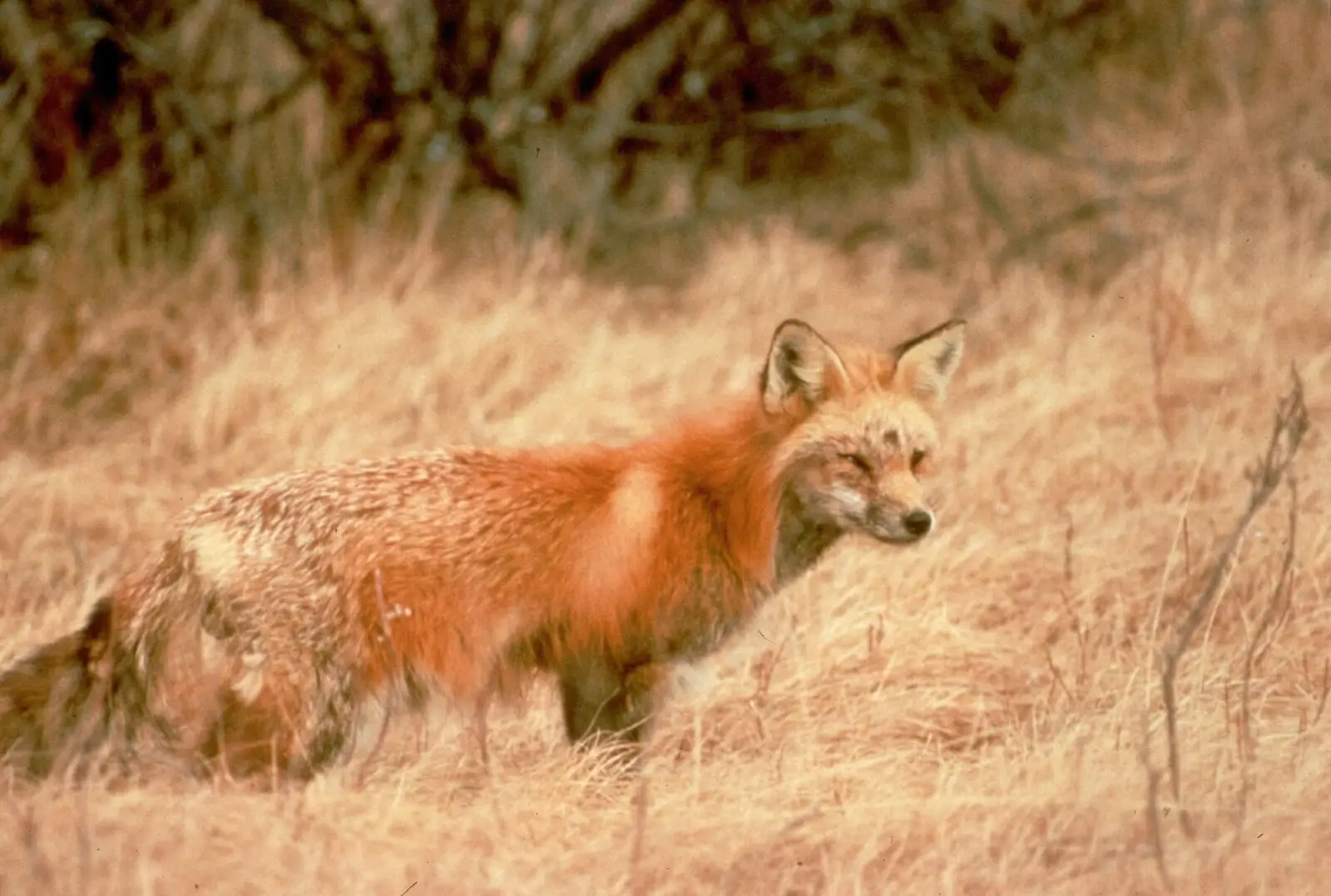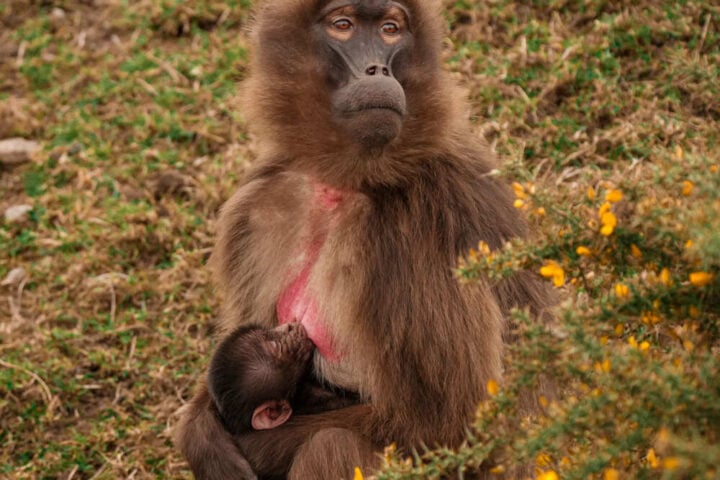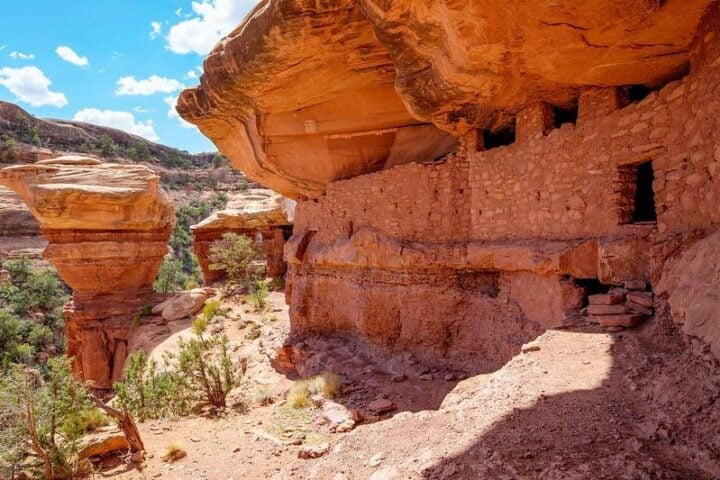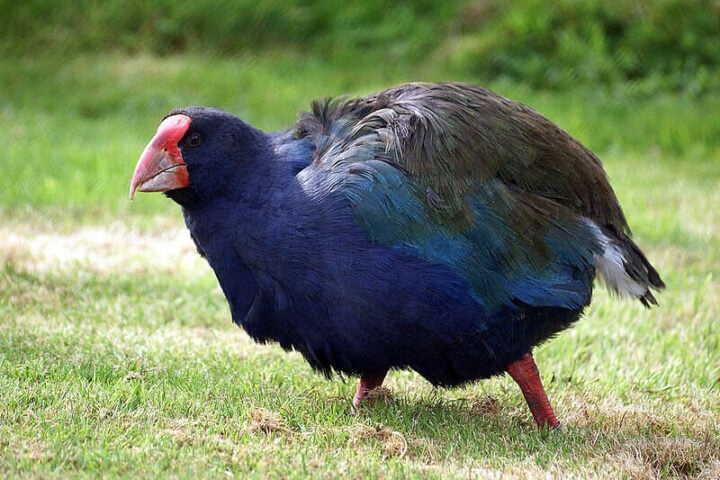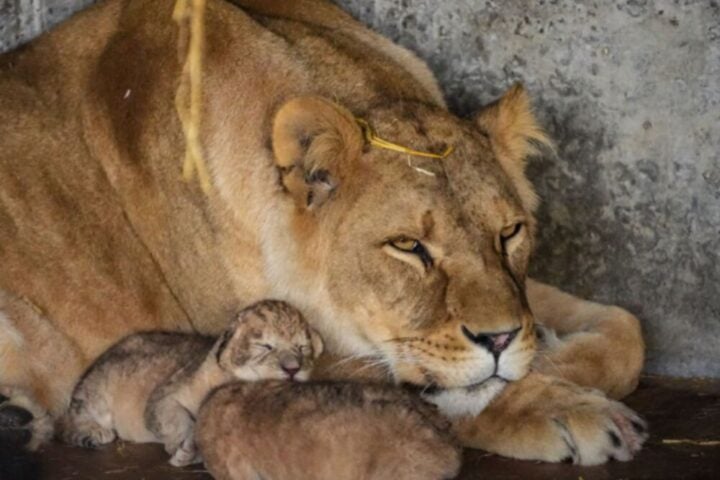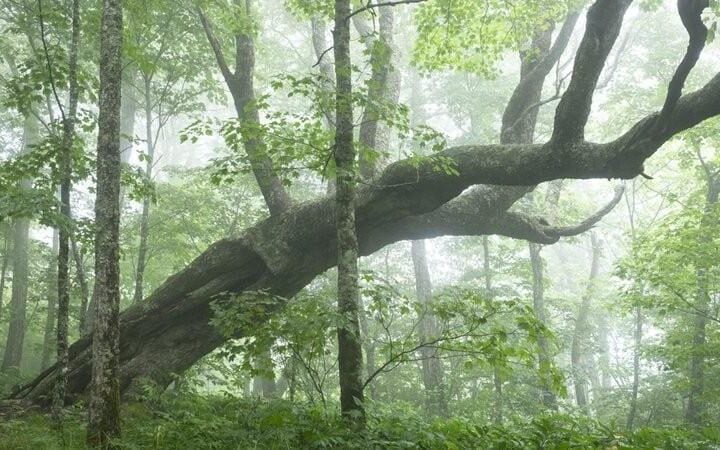The Center for Biological Diversity filed a lawsuit against the U.S. Fish and Wildlife Service in Sacramento federal court, challenging the agency’s decision to deny critical habitat protection for the endangered Sierra Nevada red fox. The suit contends that fewer than 50 individuals remain in California’s Stanislaus National Forest.
The 2021 decision by the Fish and Wildlife Service to list the fox as endangered while simultaneously declaring habitat protection “not prudent” has been challenged by the Center for Biological Diversity. Noah Greenwald, endangered species director at the Center, stated, “There’s just no way to save these precious foxes without protecting the places they live. The human footprint has gotten so huge that not even the high-elevation and snow-covered mountains where these foxes live are safe.”
These rare mammals, adapted to high-elevation environments, face multiple threats. Climate change affects their snowy mountain habitat, while recreational activities, development, and livestock grazing further endanger their survival. The foxes possess distinctive adaptations for cold climates, including small body size, thick fur, and specialized foot pads for traversing snow.
The species exhibits three distinct color variations: red, black with silver-tipped fur, and a cross between these phases. All variants share characteristic white-tipped tails and black markings on their ear backs.
Historical records show these foxes once inhabited extensive areas throughout the Sierra Nevada’s high country forests and alpine meadows. Current surveys have located a small, isolated population of fewer than 50 foxes in the Sierra Nevada, including the first documented sighting south of Yosemite National Park in nearly a century.
Similar Posts
The legal challenge centers on regulatory changes implemented in 2019 under the Trump administration, which expanded exceptions to critical habitat designation requirements. While the Biden administration modified some regulations, it maintained certain provisions that environmental advocates argue weaken species protection.
Additional populations exist in the Cascades region, with small groups documented at Lassen Peak, Crater Lake, the Three Sisters, and Mt. Hood across California and Oregon. The Center has submitted a petition for protection of these Cascade populations.
According to the Center for Biological Diversity, species with designated critical habitats are twice as likely to improve long term compared to those without. The Fish and Wildlife Service declined to comment on the pending litigation.
